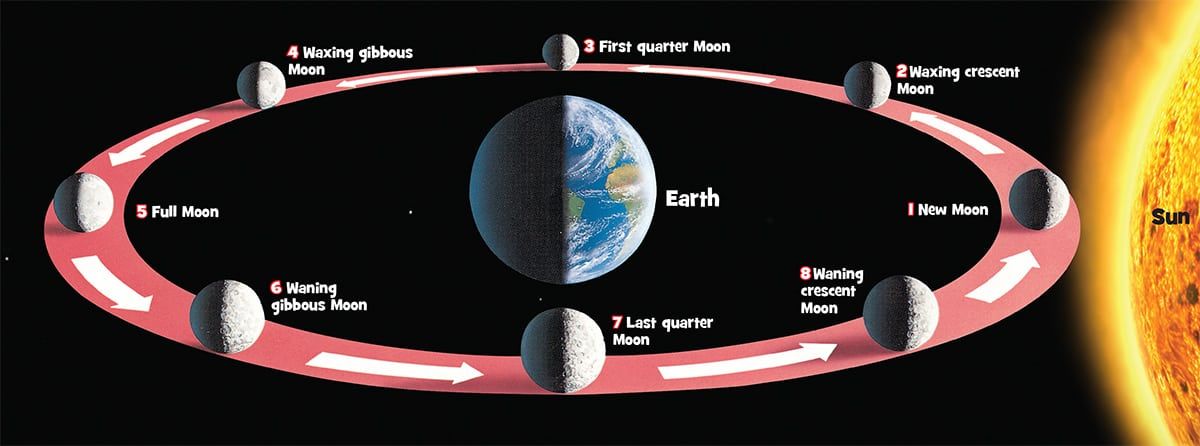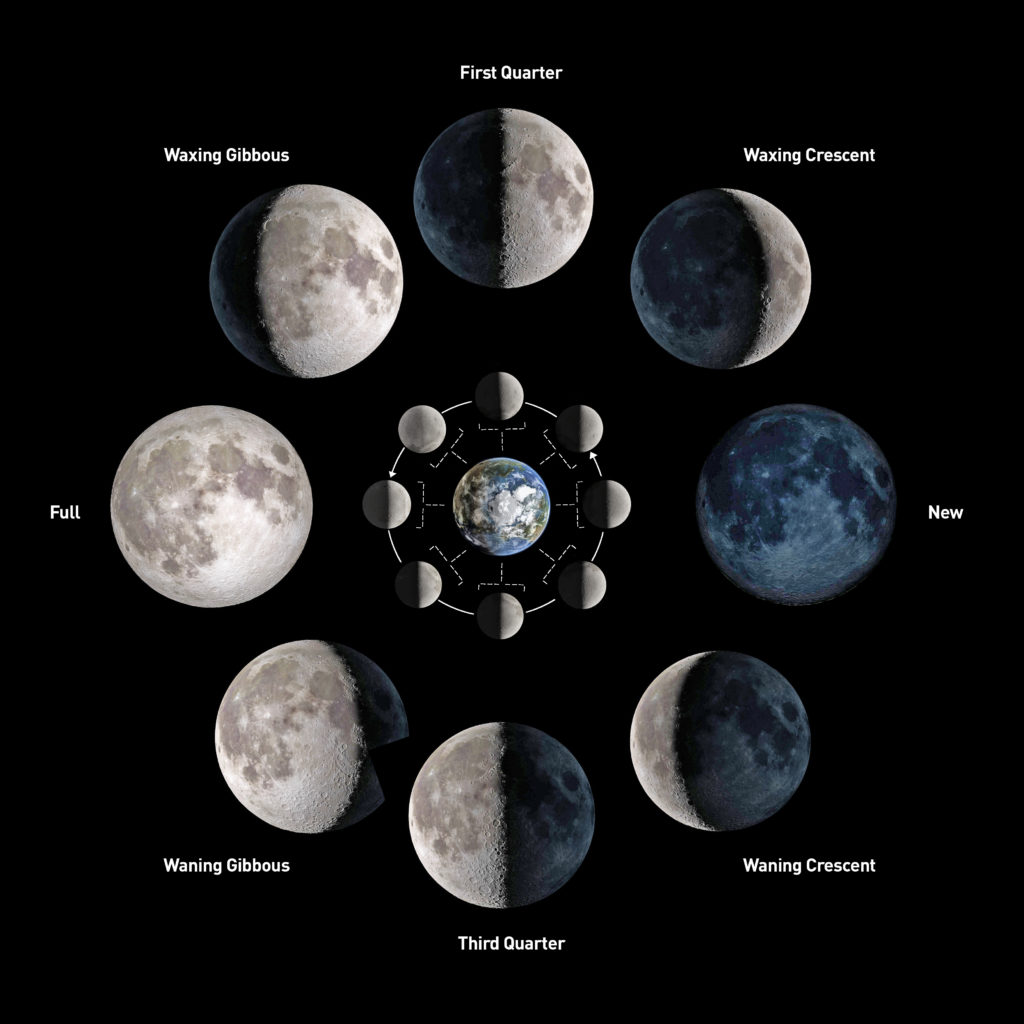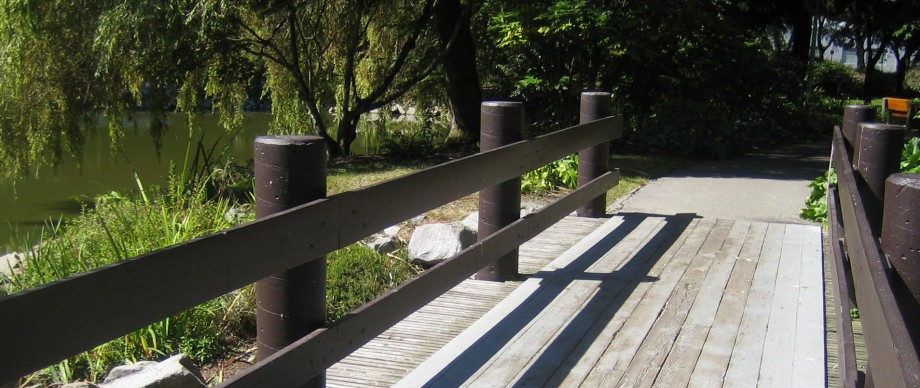Moon Phases and Moon Rocks
Activity #7a: About the Moon
Let’s get into the spirit of this week’s Fun Friday activities by singing along with an old favorite. You remember “Time to Shine”, don’t you?
Sing along with the video.
That was fun but now let’s take a closer look at what the moon actually looks like, up close and personal. Here is what you would see if you were in outer space orbiting the moon.
Watch the video.
**************************************************
Activity #7b: Moon Phases
Our first project this week is to create representations of the Moon as it passes through 8 of its different phases.
Selenology:
Astronomy is the study of starts, planets, and space. Astrophysics is a branch of astronomy and involves the study of the physics of astronomy, concentrating on the behavior, properties and motion of objects out in space. Selenology is a branch of astronomy that involves the scientific study of the moon. Selenography is a branch of selenology and involves the study of the surface and physical features of the Moon. This week we are going to become Selenologists.
The video shows what the Moon would look like if we were in outer space. But what does it look like from here on Earth? When we see the Moon from Earth, it is constantly changing in appearance as it moves through different phases.
The Moon doesn’t make its own light, it just reflects the Sun’s light as all the planets do. The Sun always illuminates one half of the Moon. Since the Moon is tidally locked, we always see the same side from Earth, but there’s no permanent “dark side of the Moon.” The Sun lights up different sides of the Moon as it orbits around Earth – it’s the fraction of the Moon from which we see reflected sunlight that determines the Lunar phase. The different shapes of the lit portion of the Moon that can be seen from Earth are known as the Lunar phase or Moon phases.
The Moon is Earth’s only natural satellite (a celestial body that orbits a planet). It takes the Moon 27.3 days to make a complete orbit around the Earth, but because the Earth is moving around the sun at the same time, it takes the moon 29.5 days to go through its eight different ‘phases’ – a lunar month. So over the course of approx. 30 days, the Moon will look very different from here on Earth.

When the Moon appears to be getting bigger, it’s ‘waxing’ and when it looks like it’s getting smaller, it’s ‘waning’. Once the face of the Moon is fully turned towards the Sun, it’s a Full Moon, and we see it all. But, as the Moon moves around the Earth, the face pointing towards us gradually becomes hidden from the Sun until we can hardly see it at all – this is a New Moon.

__________________________________________________
Creating Moon Phases Activity
Materials you will need are a package of Oreo cookies (or similar sandwich type cookies), scraping tool (i.e. knife, popsicle stick), a copy of the printed data sheet (or you can use a paper plate), and a pencil.
Step 1: Slowly twist and separate each Oreo to maximize the amount of white filling on one side when you separate the halves. If if doesn’t work, you should probably eat the cookie…and then try again.
Step 2: Use your tool to scrape off the white filling from the cookies. Scrape off only enough each time so that the remaining filling represents each of the 8 phases of the moon.

Step 3: Write the names of the 8 phases on your data sheet or paper plate. The 8 names are listed above.
Step 4: Arrange your cookies in their correct places.
You have officially completed your edible Moon Phases project. But now the question is: Are you feeling hungry?

**************************************************
Activity #7c: Moon Rocks
Our second project this week is to create representations of Moon rocks.
Selenography:
First, let’s look at the Geology or Selenography of the Moon. The physical structure of the Moon is quite different from that of Earth. The Moon is a dusty ball of rock, measuring 3,476 km in diameter – that’s roughly a quarter of the size of Earth. Its surface is bumpy. There are mountains, valleys, huge craters, and flat planes called ‘seas’ made of hardened lava. The craters are caused by meteors, which are big pieces of rock that hit the Moon.
Moon rock or lunar rock is rock that is found on the Earth’s Moon, including lunar material collected when humans were exploring the moon or rock that has been ejected naturally from the Moon’s surface and which has then landed on the Earth as meteorites. The astronauts who have visited the moon have brought back many samples of lunar rocks.
Here are some samples of lunar rocks collected during the Apollo missions.

Watch the video for more information about lunar rocks.
__________________________________________________
Creating Moon Rocks Activity
Materials you will need are 4 cups baking soda, 1/4 cup water, black food coloring, gold and silver glitter (optional), a plastic container, and a stirring utensil.
Step 1: In a large plastic bin, mix together the baking soda and water.
Step 2: Add some food coloring and stir into the mixture. Add the glitter (optional) to simulate the sun reflecting off the surface of the moon.
Step 3: Mold the moon sand with your hands to shape into rocks. Use your fingers to form craters and other irregularities in the surface of the rocks.
Step 4: Leave overnight to dry.
You have now created replicas of Lunar/Moon rocks.

Watch the video for further assistance.
